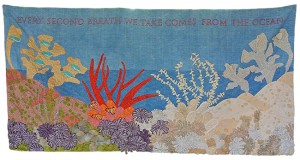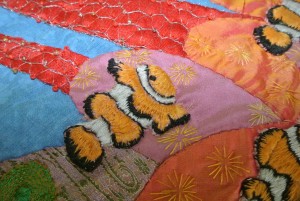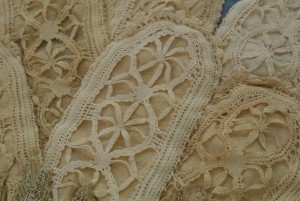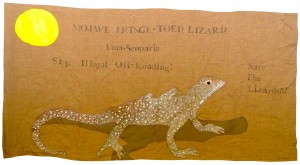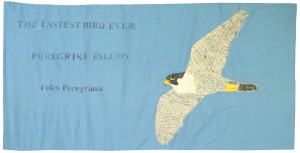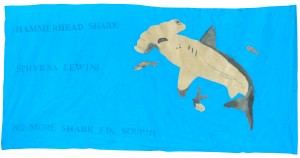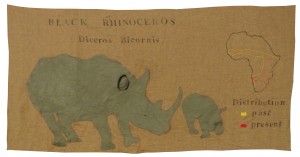
The Western Lowland Gorilla (Gorilla gorilla gorilla) is the smaller of two western gorilla subspecies. They live in dense rain forests and swamps of Central Africa in troops of up to 30 individuals. They are listed as Critically Endangered by the IUCN Red List. To learn more about the Western Lowland Gorilla go to:
http://www.worldwildlife.org/species/western-lowland-gorilla
http://animals.nationalgeographic.com/animals/mammals/lowland-gorilla
https://www.stlzoo.org/animals/abouttheanimals/mammals/lemursmonkeysapes/westernlowlandgorilla/
https://www.stlzoo.org/about/blog/2015/09/16/juma-gorilla-leader-lover-legacy






